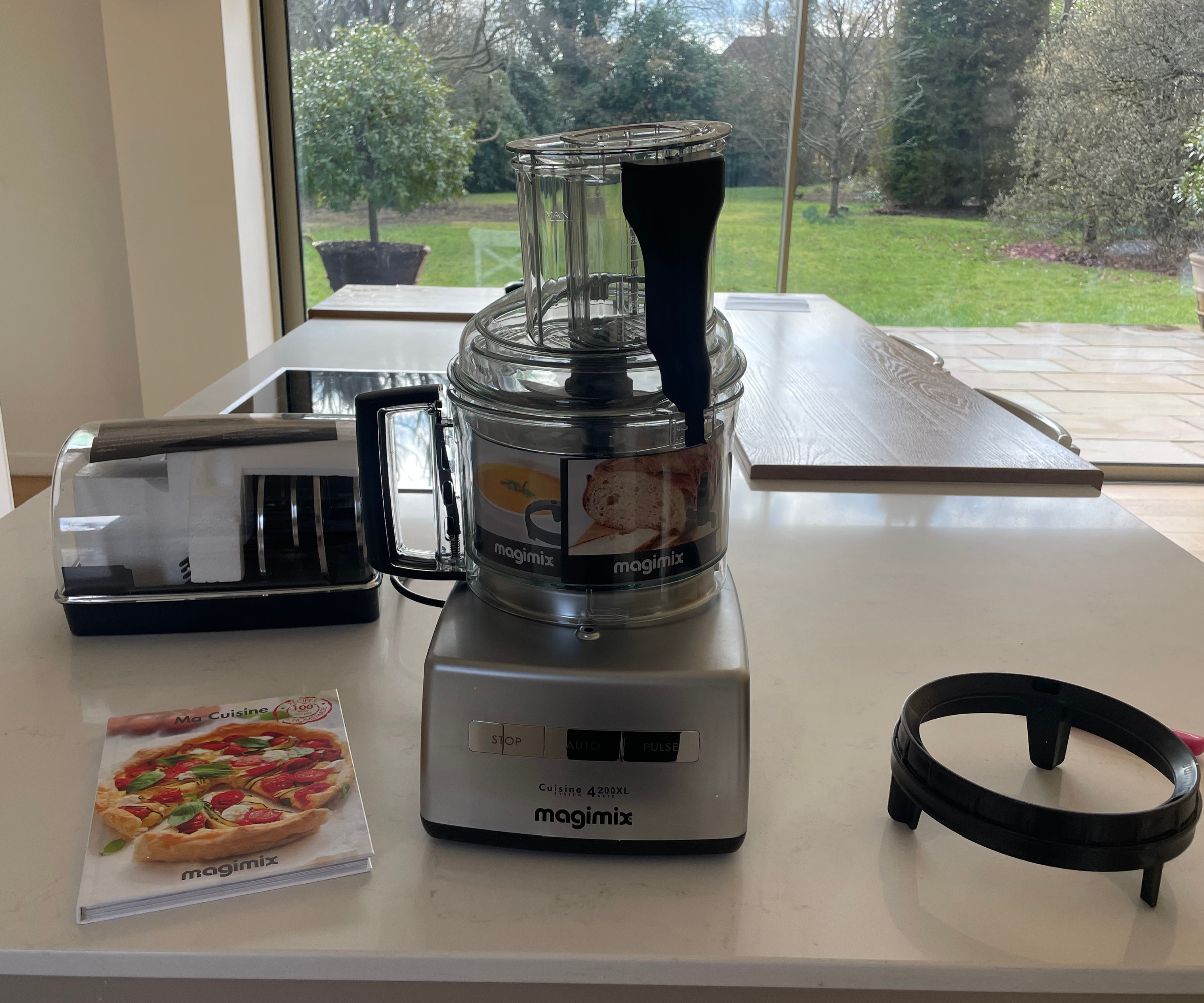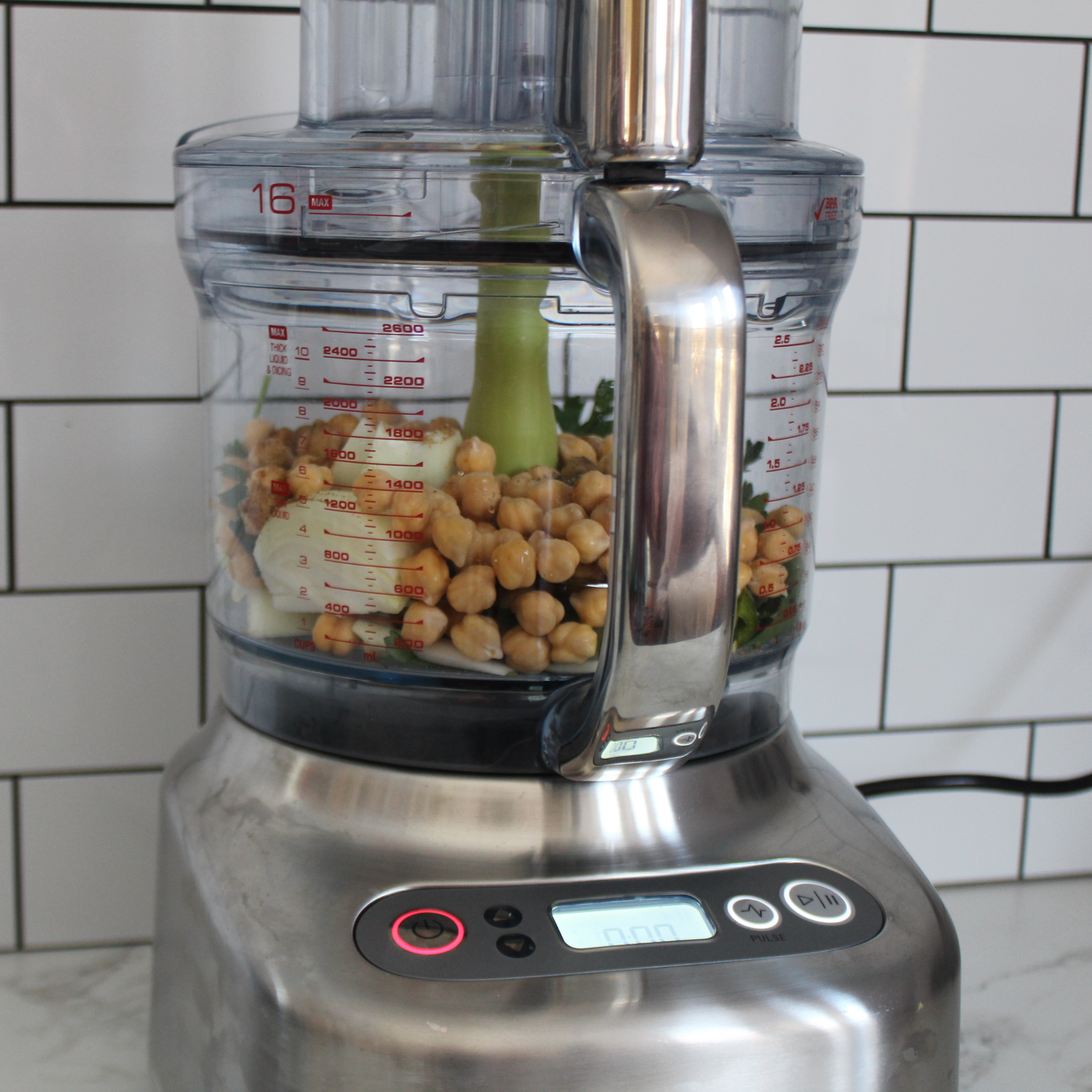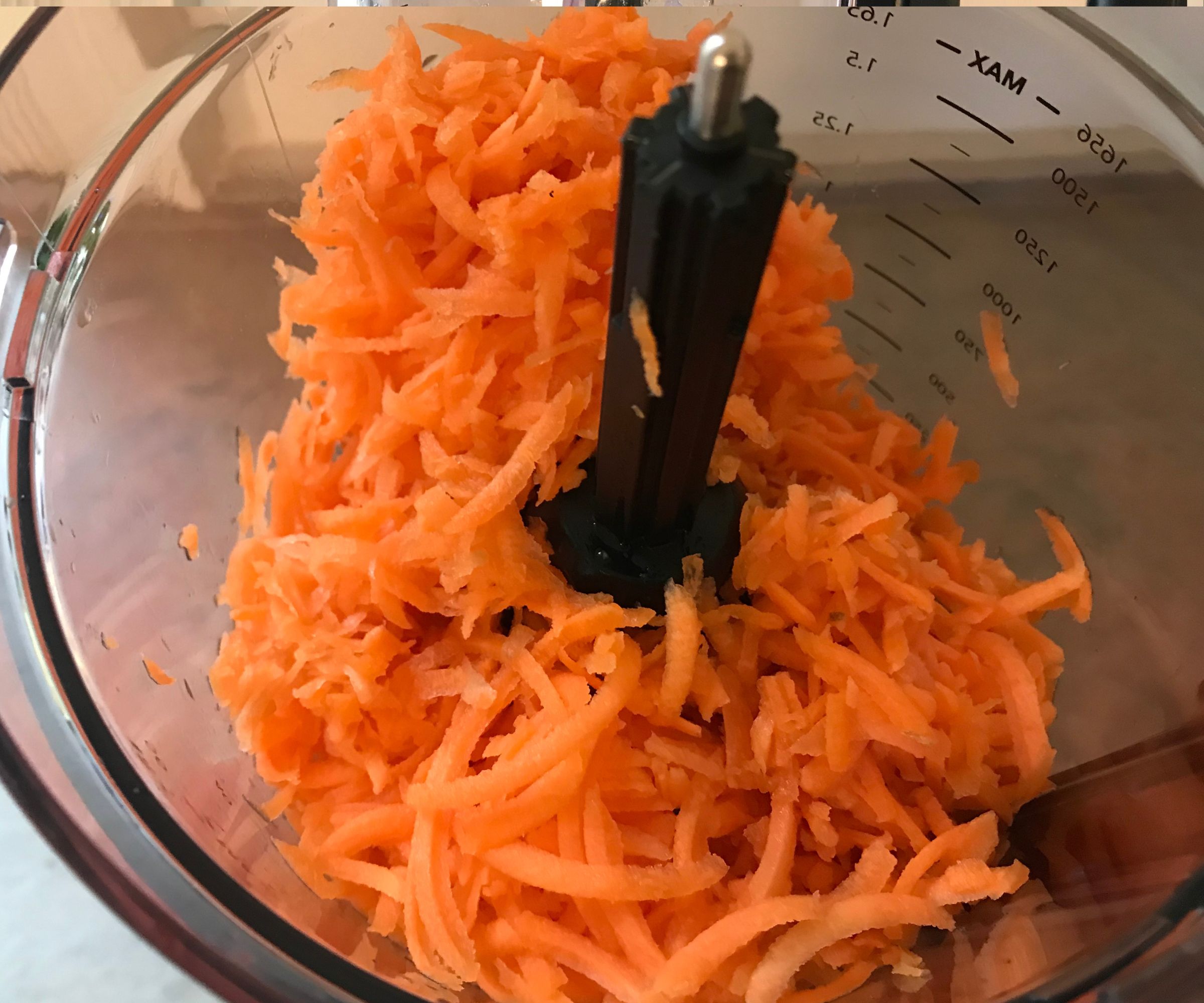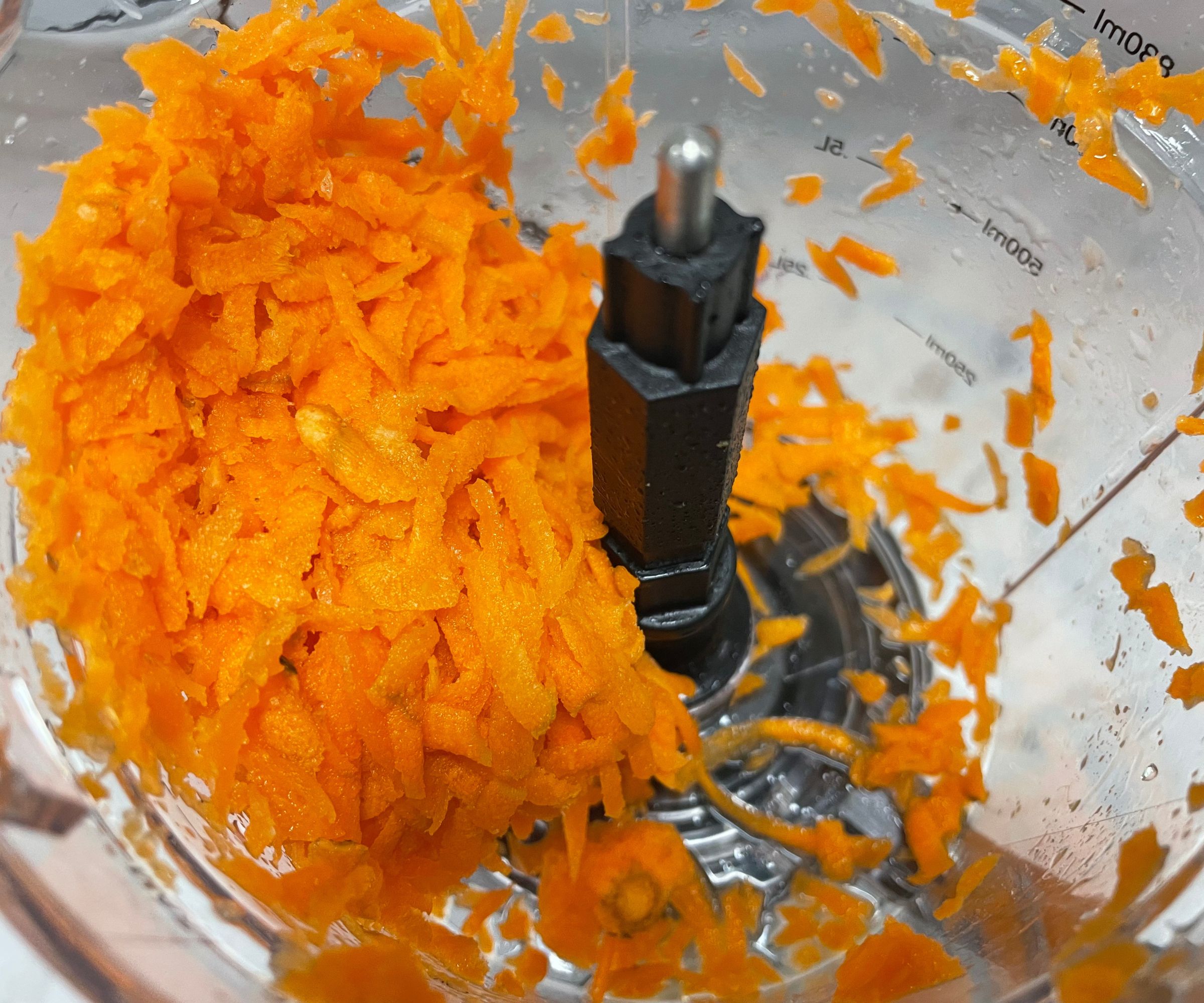How We Test Food Processors to Find the Best Investments for You and Your Kitchen
Here's what happens in the test kitchen when we're reviewing food processors for our buying guides


At Homes & Gardens, we have a rigorous system for how we test food processors. As Kitchen Appliances Editor, I lead a team of expert testers across the USA, including home economists, service journalists, and trained cooks (like myself), who personally put each machine through its paces, assessing everything from design and ease of cleaning to performance and durability.
When we're curating our buying guides for the best food processors, we test more than you see. For every competitive spot in our buying guides, there will be at least three or four market-leading models that didn't quite make the cut.
If you're curious to see exactly how we assess the best, I've rounded up some behind-the-scenes insight (it should also give you some inspiration for what can a food processor can do, too!)
How we choose food processors to review

The first step is market research. We keep in touch with the industry to make sure that we always hear about new launch as, (and even before), it happens, and will almost always call products in to test, so we're amongst the first to try them.
Honestly, new food processor launches aren't that frequent (unlike the best blenders, which seem to pop up constantly). Still, our experts are always looking at what the big brands, such as Nutribullet, Ninja, and Cuisinart have to offer but we'll also look at smaller, disruptive brands, too.
Once we've found a product with good specifications, we call it in to our test kitchen. Before trying it out, we make sure to research all of the claims that a brand makes about their food processor. Then, when it comes to testing, we can be sure that we're covering all bases.
We never take any money for our reviews, so myself and our experts always speak independently and honestly.
Design expertise in your inbox – from inspiring decorating ideas and beautiful celebrity homes to practical gardening advice and shopping round-ups.
Design & first impressions

While we know looks aren’t everything, we think countertop staples like food processors should look good, too. In the test kitchen, we take notes on the full experience – from unboxing and setup to learning how to use it - covering everything from its weight and design to how it feels in use.
The setup process also gives us great insight into the overall build quality. We’ll tell you how sturdy the materials feel, whether it’s heavy or lightweight, and how intuitive the controls are to navigate.
Many food processors come with extra accessories such as blending cups, pitchers, dicing disks, portable bottles, cleaning brushes, or add-ons that turn them into the best juicers. These accessories can make a big difference in how versatile and convenient the appliance is, so it’s useful to know what’s included upfront.
Processing performance

Food processors cover a range of functions, so we want to make sure that we've tested them all when we're writing up our reviews and curating our buying guides. Our basic tests will assess the different functions on offer. Here's what they are:
1. Chopping



Almost every food processor comes with some blades. These can be used for breadcrumbs, chopping, and dicing. We test out the blades with a few functions. The first test we run is on chopping red onions. We peel them, chop them into quarters, and let the food processor run. Our experts look for consistently-sized pieces of onion, which can be chopped up quickly and with minimal noise.
2. Making dips


After chopping onions, we'll then throw in some avocado, tomato, cilantro, lemon, and salt to make a guacamole. Some of our experts like their dips chunky, so we run some pulse settings to see whether we can get a well-integrated dip which still has some texture.
Then, we'll keep the machine running, with the timer going, to make a super smooth guacamole. Again, we want all the ingredients to be well-mixed, smooth, and scoopable. Some blenders will push chunks to the top or miss sections at the bottom, but the best will make a flawless dip.
We'll always make hummus, too. This tests the performance on fibrous, dry chickpeas and garlic with just a splash of tahini and olive oil. It's a great way to evaluate the kind of texture that the food processor can achieve with tougher ingredients. The best machines will wow us with light, velvety hummus that we can't stop eating.
3. Grating carrots & cheese



We'll also get discs for slicing and grating, which are really useful to have. We'll grate carrots and cheese. The carrots give us a good sense of how the food processor handles firmer ingredients, how evenly it grates, and how quickly it can work through a carrot.
Cheese can be softer and harder to grate evenly, so we'll feed sticks into the food processor, again, checking how evenly and quickly the food processor whizzes through the cheese.
4. Slicing vegetables

Often, if you flip the disc, you can use the slicing function. We feed the cucumber down the feeding chute, looking at the thickness of each cucumber slice, how quickly it's sliced, and whether the feeding chute is the right size for large vegetables.
5. Extra features

Some food processors come with special features, so we like to test those too. For example, the Breville Paradice 16 came with a dicing rack and the Magimix 4200 XL came with an impressive dough hook.
If a food processor doubles up as a blender, we'll make smoothies and dips, putting it through all the same motions that we look for in our process for how we test blenders. That way, we can let you know whether it's a worthwhile substitute for your home blender – or possibly a contender for the best blender-food processor combo.
Cleaning, storage & maintenance

If a food processor is easy to clean, you'll find yourself reaching for it every day. However, if you can't throw it in the dishwasher or you need to dedicate significant time to cleaning it, you won't want to use it. We make notes on how easy it is to both clean and store your food processor, so you can imagine how it will fit into your everyday life.
Storing the food processor will depend on what you're after. Some models are stackable, meaning all the accessories pack neatly inside the food processor, which is great. Others might look neat and tidy online, but they come with sprawling blades and extra cups, which are a nightmare to store – that always knocks points off for us.
We love smaller food choppers, (as long as they still do the job well), which are easy to slot into cupboards. Other food processors are big and beautiful, made to sit on the countertop for the admiration of your guests. I'd never want to hide away something like the retro 50th anniversary Cuisinart.
Durability

Every food processor must be tested for a prolonged period (at least two weeks, but often over a few months) to check for any issues and assess the product's longevity.
Where possible, we aim to keep products in-house to test them on a long-term basis, updating our reviews as the months and years pass to see if our favorites are still the best in class, or have been surpassed by newer models.
Value & warranty

Finally, we'll take a step back and think about whether the food processor is good value. We'll look at the quality, warranty, and how it stacks up compared to rival brands.
Our experts have tested almost all the food processors on the market, so we are the best people to ask if you want to know where yours sits in the market for value, versatility, and quality.
We'll let you know where you can cut corners and save money (the best blender-food processors are worth a look) as well as let you know what you can get if you spend a little more by upping the budget.
If you've got to this stage but you're still not sure which appliance is right for you, I've written a guide called: Which food prep appliance do you need? which should answer more questions around how food processors stack up against mini choppers, blenders, juicers, and more.
If your heart is set on a processor, head straight to our guide to the best food processors to see which ones topped the list this year.

Lydia is the Kitchen Appliances Editor for Homes & Gardens, testing everything from air fryers and mixers to juicers and coffee machines. She trained in Culinary Arts at Leiths School of Food & Wine and previously served as the Recipe Editor for Mindful Chef.